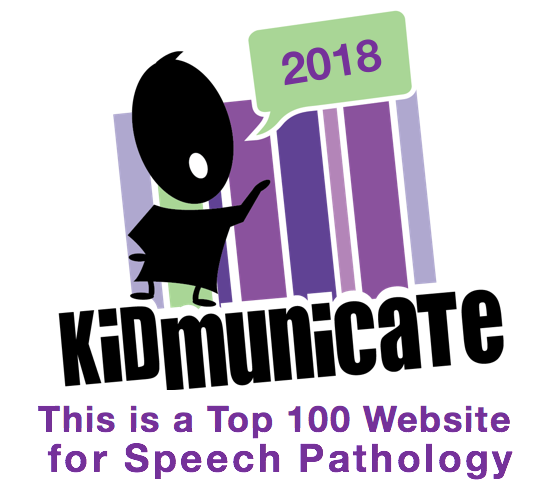Before I get started, please check out my post over on Mindwing Concepts' blog about Glogster and ThemeMaker, their excellent tool for teaching students to comprehend and produce expository text. An example Glog is included over there for a fun crossover post!
So, this has been a fun and busy week talking about one of my favorite resources, GlogsterEDU. As I mentioned before, it seemed key to present this resource in a week-long instructional series. There is so much to say about it, and I couldn't just talk about one piece and leave you hanging for a week or so before the next post. So I hope it has been helpful and not overkillish for you!
Two things that I feel are worth mentioning as extensions to Glogster. First of all, if you take advantage of the possibility of opening student accounts, once students have marked a glog as "Finished," they will be able to view each others glogs via their Dashboard (the section marked "Glogs from my Classmates"). When clicking through to their classmates' Glogs, they will have the opportunity to
leave a comment, thus further practicing language, pragmatic skills and digital citizenship. One of my colleagues did a project in her Spanish class in which the students created real estate posters describing an imaginary property. For this project she gave the students a kind of taxonomy of comments, and required that they use all 3 kinds in the process of interacting with classmates: a) give positive feedback on the property and say why you like it b) give constructive feedback on the property and explain why it would not meet your needs or c) ask a question about the property. That kind of language structure is helpful to ALL students in learning how to have a digital conversation, but particularly so for our students. The second extension I wanted to mention is that you can--obviously since I did it in my first post and am about to do so here--
embed a Glog in a blog, website or wiki. Here's a post on how to do that and change the scale in the process.
So, again, why should SLP's care about Glogster? You have seen/heard of a lot of potential applications for speech/language therapy over the course of the week, but here are a few more ideas for SLP-related Glogs:
- Make a Glog with a series of stimulus pictures or videos related to a sound or phonological process, or phonemic awareness skills such as rhyming or recognizing word families- using Glogster's audio recording feature!
- Create Glogs to visualize, define and apply vocab lists.
- Use Glogs to teach complex sentence formulation by developing a Glog each for key conjunctions (e.g. because, so, when, while, etc), or a Glog exploring a theme or topic with multiple featured conjunctions (and use student audio)!
- Illustrate and demonstrate a repertoire of strategies in a Glog, such as listening, word retreival, or executive function strategies, with videos (perhaps student-created) serving as models/practice of the strategies.
- Use Glogster as your Speech-Language Program home page linked to your school website, with links to helpful resources.
- Glogster can be used to lend awareness to issues related to communication disorders and prevention, such as ASHA's Better Speech and Hearing Month, CASLPA's May Month, or TBI or Hearing Loss prevention. (Thanks @ndnspeechmom for your tweet regarding this idea).
And without further ado, a few more actual Glogs to serve as examples (note, hover over the GlogsterEDU logo at the top of each Glog to have the option to view full size):
I recently created this Glog to serve as a visual when presenting to Boston University's Public School Seminar for SLP Grad Students; the topic being the SLP's "bag of tricks" for interventions and materials. Glogs can be used instead of PowerPoints in these situations! Check out the links!
Glogs are great as a visual pallette to explore social skills and
Social Thinking©. I created this Glog with a group of kids to emphasize the importance of reading others' visual cues. It's based on the idea of the Unthinkable characters in Michelle Garcia Winner and Stephanie Madrigal's
Superflex curriculum.
This next Glog was the result of a class project targeting description, parts of speech, and the year-long theme of "Heroes." The students chose/researched a real-life hero and described him/her through nouns, verbs, adjectives, etc specific for the person. They also created a game applying grammar categories using Studystack (you can see that on the "click here" doggy-it brings you to the flashcards, but if you click below you can "play" the stack as different games).
I hope that you have found some inspiration in Glogster and this series. Please let me know about your experiences with Glogster and email me links to any Glogs you and your students create that you'd like to share.
I'd sure love to revisit Glogster in a few months and showcase your work. Thanks, as always, for reading!!
Note: author contracts with Mindwing Concepts, Inc. to produce content for their blog.






